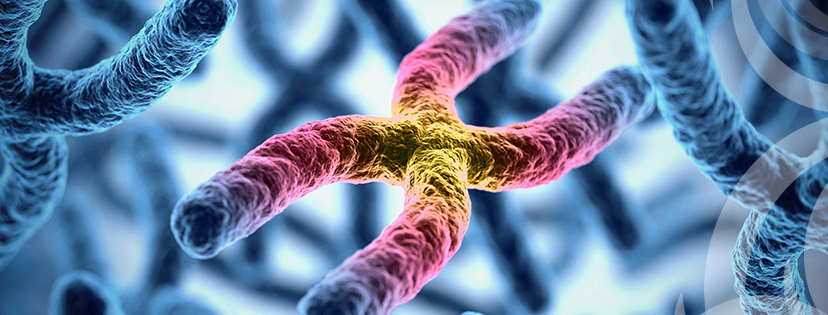Findings from twins explain factors that activate or silence genes

Credit: NICHD, NIH
The importance of inherited versus environmental factors on whether a gene is switched on or off varies across the genome and even within a gene, according to a recent NIH-supported study. The study, which analyzed the genomes of identical and non-identical twins, provides a free, online resource that helps researchers estimate the degree to which genetic versus environmental factors influence gene activity. The authors say the results, appearing in a recent issue of PLoS Genetics, will help investigators design future studies exploring how the environment affects the genome.
Background
A person’s physical traits, characteristics, health, and other outcomes are influenced by many different genetic and environmental factors. Traits such as eye color are clearly determined by genes inherited from one’s parents. Precisely what determines other outcomes, such as susceptibility to a particular disease, is less clear. The ability to distinguish genetic versus environmental influences on diseases and health conditions could lead to better prevention strategies or therapies.
The field of epigenomics focuses on processes that determine whether a gene is active or silent. One such process, DNA methylation, involves the binding of chemicals known as methyl groups to DNA. Methyl groups usually silence genes or groups of genes. For the most part, researchers do not know to what extent DNA methylation is dependent on inherited versus environmental factors. Previous studies indicate that the contribution of genetic factors is relatively low, about 5 to 19 percent, suggesting that environmental factors may be more important.
Results
Researchers funded in part by the Eunice Kennedy Shriver National Institute of Child Health and Human Development (NICHD) sought to distinguish genetic from environmental influences on DNA methylation across the genome by studying twins. Because identical twins share the same genes, it’s easier for researchers to separate genetic versus environmental factors. The study team included NICHD grantee, Avshalom Caspi, Ph.D., of Duke University, and Jonathan Mill, Ph.D., of the University of Exeter.
The researchers sequenced the DNA of 1,464 twins who were 18 years old. Of these pairs, 426 were identical twins and 306 pairs were non-identical, same-sex twins. Using computer modeling, the team showed that both genetic and non-genetic factors influence DNA methylation in a site-specific manner, meaning their influences varied across the genome and within different gene regions. They also found that DNA methylation at sites previously associated with environmental factors, such as smoking and obesity, can also be under strong genetic control. The authors caution that scientists should not assume that “epigenetic” equates to “environmental” when exploring evidence for environmental effects on the genome, as DNA methylation is sometimes under genetic control.
Significance
“The study offers a valuable resource for the research community,” said Valerie Maholmes, Ph.D., C.A.S., chief of the Pediatric Trauma and Critical Illness Branch at NICHD, which funded the work. “The online database provides a reference guide for potentially heritable DNA methylation sites, allowing researchers to refine the design and interpretation of future studies.”
Reference
Hannon E, et al. Characterizing genetic and environmental influences on variable DNA methylation using monozygotic and dizygotic twins. PLOS Genetics DOI: 10.1371/journal.pgen.1007544 (2018)

 BACK TO TOP
BACK TO TOP